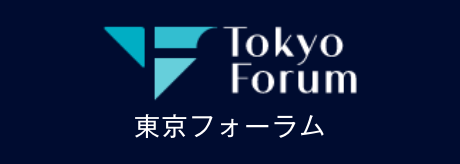Distinguished University Professor TOKURA Yoshinori’s Research Group Publishes Article in Nature Communications

Distinguished University Professor TOKURA Yoshinori’s research group's article has been published in the online edition of the scientific journal Nature Communications on November 16.
Strongly enhanced shift current at exciton resonances in a noncentrosymmetric wide-gap semiconductor
Masao Nakamura, Yang-Hao Chan, Takahiro Yasunami, Yi-Shiuan Huang, Guang-Yu Guo, Yajian Hu, Naoki Ogawa, Yiling Chiew, Xiuzhen Yu, Takahiro Morimoto, Naoto Nagaosa, Yoshinori Tokura, Masashi Kawasaki
Nature Communications
DOI: 10.1038/s41467-024-53541-6
Abstract:
Excitons are fundamental quasiparticles that are ubiquitous in photoexcited semiconductors and insulators. Despite causing a sharp and strong photoabsorption near the interband absorption edge, charge-neutral excitons do not yield photocurrent in conventional photovoltaic processes unless dissociated into free charge carriers. Here, we experimentally demonstrate that excitons can directly contribute to photocurrent generation through a nonlinear light−matter interaction in a noncentrosymmetric semiconductor CuI. Epitaxial thin films of CuI exhibit a substantial enhancement of photocurrent at exciton resonance energies even below the bandgap. From the light polarization dependence, this photocurrent is identified to be shift current, a nonlinear photocurrent driven by the change in the geometric Berry phase of electron wave functions upon the optical transition. The shift current at the exciton resonance is much larger than that induced above the band gap by free electron−hole excitation, and their signs are opposite. First-principles calculations elucidate that the sign and magnitude of the exciton shift current are strongly dependent on the strain in the thin film. The present study reveals the crucial role of excitons in enhancing the shift current magnitude and its strain sensitivity, and will open an unprecedented route for efficient manipulation of nonlinear optical effects.
Read the press release (Japanese) here and the article here (open access).





